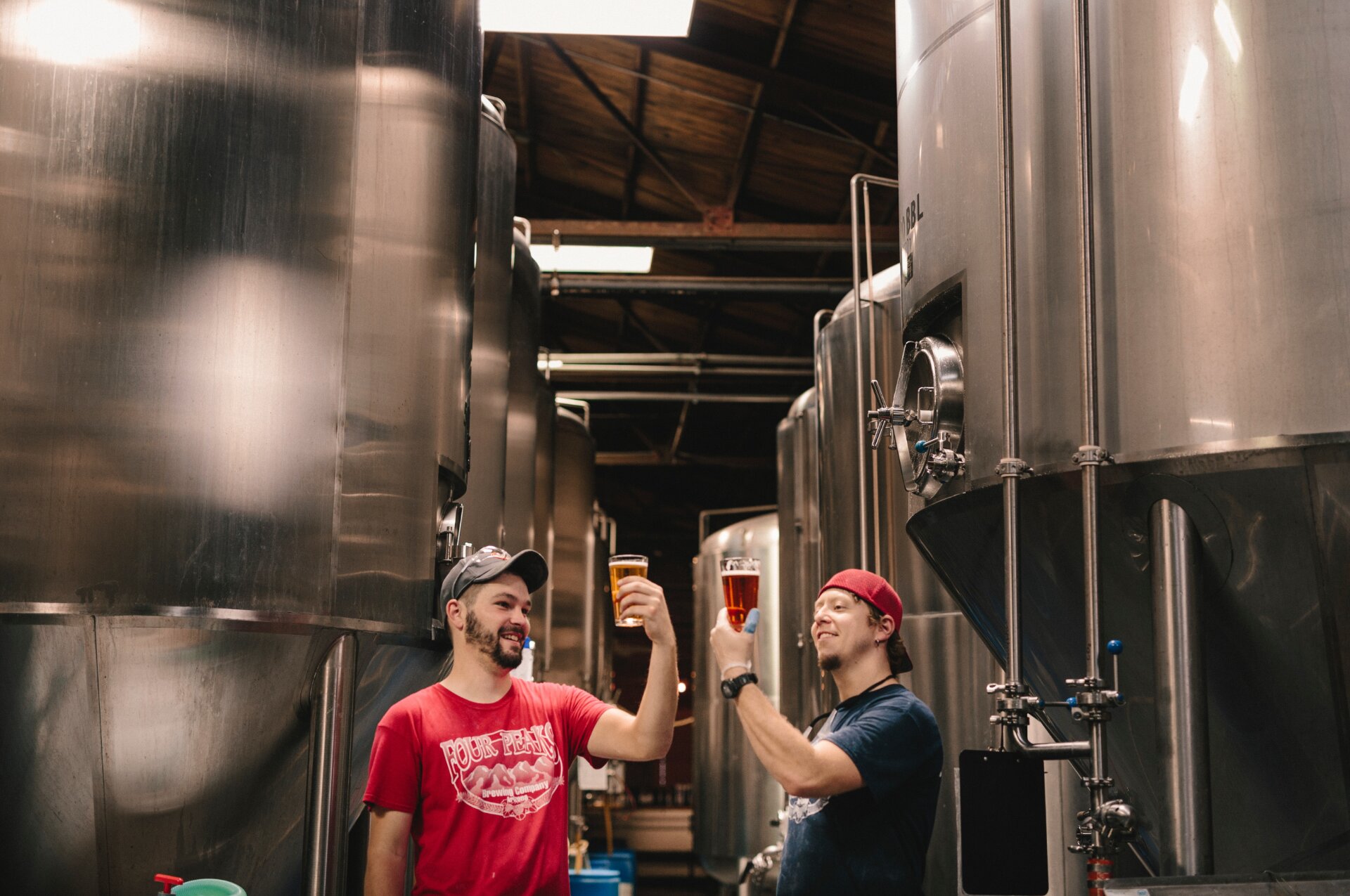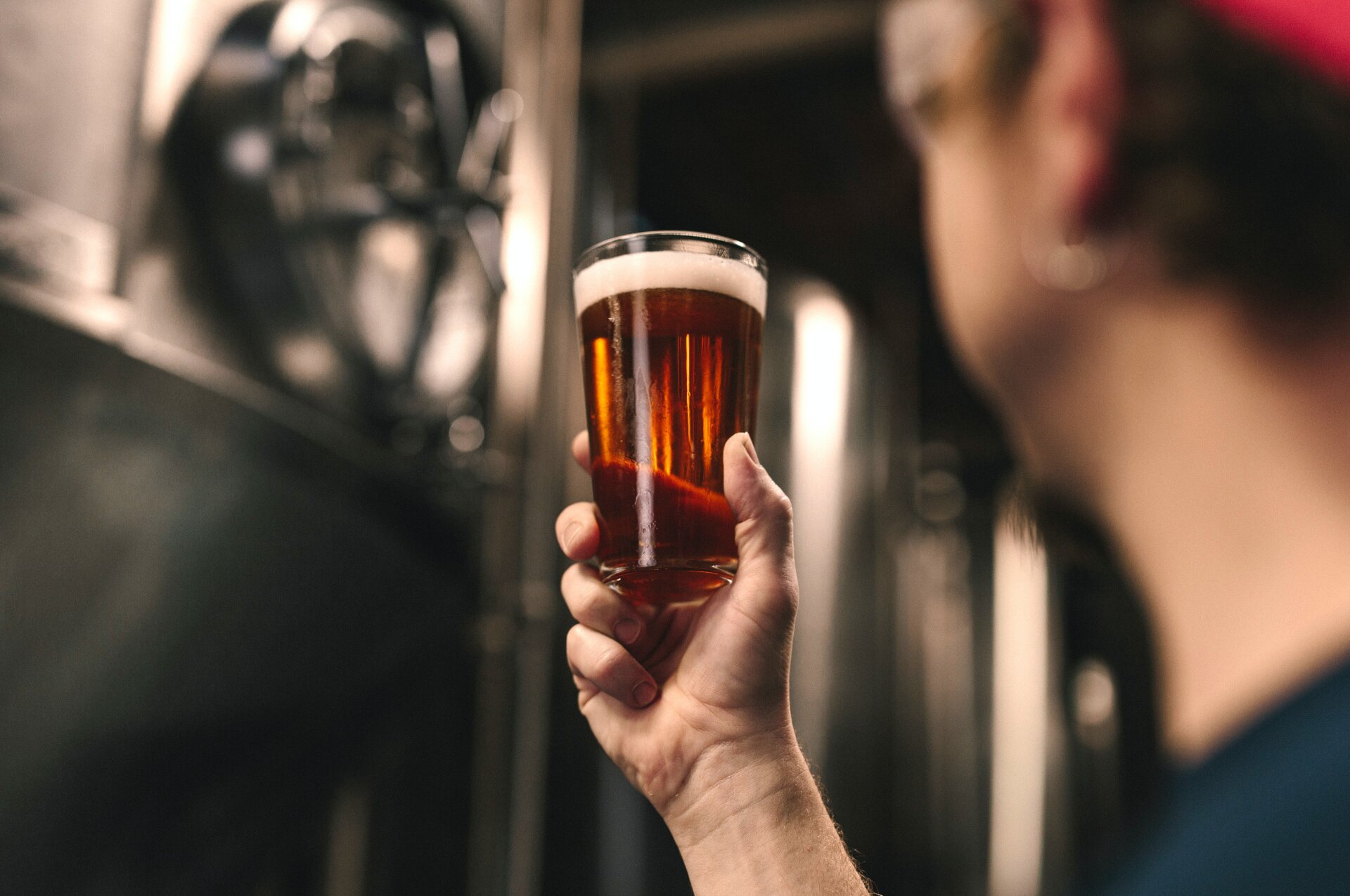Since the 19th century, when sparkling, golden beer first captivated drinkers, recreations have crossed the world, taken root in diverse locations, and evolved. Much of the world looks to German-style pilsner for inspiration but falls short. For many people, anything pale and bubbly is OK.
As a result, coming across one of Czechia’s pale lagers—a svtlé pivo—can be jarring. If you go to a Bohemian pub, you won’t see the name “pilsner” unless it’s associated with one brand—Urquell. Czechs classify lagers according to their strength, with pale lagers being labelled as 10˚ or 12˚.
Those are degrees Balling, which are extremely similar to Plato’s original gravity measurement. These beers may also come in a variety of forms; some may be unfiltered, while others are “tank” beer.
The issue is that we’re all thinking about them incorrectly. Pale lagers are more of a tradition—a part of everyday life—than a style for the Czechs. In how they view and brew their beer, political history, agronomy, and drinking culture all play vital roles.
Plzeň 1842
The story of pilsner has been repeated so many times that it has taken on a mythic quality, but it is mostly true. Leaders in the little town of Plze (or Pilsen, in German) were fed up with the low quality of their local ales in the 1830s. Imported Bavarian lager began to make its way into western Bohemia, impressing drinkers with its high quality and long shelf life.
The citizens of the town decided to address the issue by establishing a brewery to produce the same type of beer right in their own backyard. Then dispatched a local architect to Munich to learn how to establish a professional brewery, and they hired a Bavarian brewer to create the beer when he returned.
This happened to be the same time that knowledge of English-style kilns was spreading throughout Central Europe, so they decided to build one as well.
The first Brewer of Pilsner
Josef Groll, the young brewer they hired, was not a pleasant individual (his own father dubbed him the “rudest man in Bavaria”). He did, however, brew the most influential beer ever created during his three-year stint at what would later become Pilsner Urquell. The beer was called after the town, as was customary in Germany at the time. On November 11, 1842, Groll debuted his “pilsner” at St. Martin’s Fair.
The pilsner made by Groll wasn’t the first pale lager. One had been brewed a year before in a town near Vienna by Anton Dreher. In fact, at least at first, Dreher’s Vienna lager generated more imitations. Ale breweries were prominent in Bohemia for decades. The Czech pale lager, on the other hand, began to gain popularity over time, and the rest is history.
After stout, no other beer style has ever gained the same level of international acclaim as pilsner. It had spread throughout the world by the end of the nineteenth century. Pale lagers would eventually supplant most regional types almost everywhere. Pilsners, on the other hand, evolved as they became more popular. They left the originals of Bohemia behind, as the Czech lands entered a stormy century.
A Slower Evolution
The twentieth century brought significant change to the brewing industry in several ways. It brought invaders to Bohemia and Moravia. The Nazis arrived first, followed by a Communist Party backed by the Soviet Union. These intrusions stymied the kinds of inventions that the West embraced. D issident and future post-Soviet President Václav Havel worked in the Krakono Brewery. There he witnessed stagnation fueled by a system that provided jobs but not change. He wrote that one of the brewers had been admonished for pursuing efficiency.
That pause had one unintended benefit: it preserved certain historic brewing traditions. Decoction mashing was one of them, and it is currently required in Czech legislation for any beer labelled eské pivo (Czech beer). The procedure is crucial in achieving the modest but noticeable richness that distinguishes Czech beer. Boiling during the decoction prepares the chemicals that give the golden colour.
Brewers also employ other time-honored methods. In smaller breweries, open fermentation is still widespread. Many breweries, notably Urquell, still rely on grants. Brewers at the now-defunct Kout na Sumav boiled their wort for two hours. They began as usual, with a hop infusion to the initial wort, and the long boil produced a noticeable bitterness. There’s also the lengthy lagering period: Budvar’s regular svtl leák is aged for an astonishing three months. Budvar’s softness and smoothness are due to this lengthy process. Czechia, like Belgium, is a haven for oddball antique machinery and processes.
It’s Svtlé Pivo, not Pilsner.
Brewers in Czechia give Pilsner Urquell a lot of respect. However Budvar, the second most famous Czech brewery don’t call what they do a pilsner.
An important feature about Czech brewing is there is a lot of room for experimentation with beers made with roughly the same two ingredients—pale base malt and Saaz hops.
Color and strength are the two variables that Czechs use to categorise their beers. A beer can be pale (svtlé), dark (tmavé), or amber (polotmavé), and it can come in a variety of strengths, from weak to doppelbock-like booms. The majority of Czech pale lager is výčepní (draught beer) with an ABV of around or just above 4% and 9˚ or 10. Mid-strength versions known as ležák (lager) are classified at 11˚ or 12˚ and normally come in around 5% ABV. These are the ones most commonly exported.
Czech beers are also available in a variety of preparations. Some of them are unfiltered (nefiltrované). Other options include tanková (tank beers). Czech brewers provide brewery-fresh beers directly to pubs, where they are delivered from polyethylene bags inside submarine-shaped serving tanks. This assists to prevent oxidation and CO2 interaction. The beer is never pasteurised, and the flavours are milder yet more vibrant, similar to British cask ale.
The Czechs have a name (říz) for really well-made beer. The combined characteristics of the beer, that delicate balance, are captured by říz. It is viewed as an objective benchmark to the point where it may be used to dispute about pivo in a bar. It signifies a beer’s spirit and its soul.
Pivo’s Terroir (Pivo’s Terroir)
Of course, the famous Saaz hop, produced around Žatec, 50 miles north of Plzeň is a key component of its brightness and tang. Hops have been grown in the region for over a thousand years, and Saaz is at least 500 years old. The tanginess of it is essential to the flavour of svtlé pivo.
Hopping the kettle as the wort comes from the lauter tun is a distinctive feature. Brewers believe that hopping the first wort produces a perfect bitterness. Beer is always a byproduct of terroir, but the representation of terroir in Czech pale lager is more pronounced than in other styles.
For a long time, American brewers interpreted Bohemian-style pilsner to mean a German pilsner brewed with Saaz hops. At the outset of the microbrewing era, Czechoslovakia was still separated from the rest of the world by the Iron Curtain. Brewers from other countries had to learn all of the seeming idiosyncrasies of Czech brewing much later on.
Many brewers are drawn to the rich flavour developed by those procedures now that more brewers are aware of the Czech history. Techniques that were once thought to be outmoded now have the charm of craft and legacy. As the popularity of lagers grows, the Czech heritage continues to win new fans.


